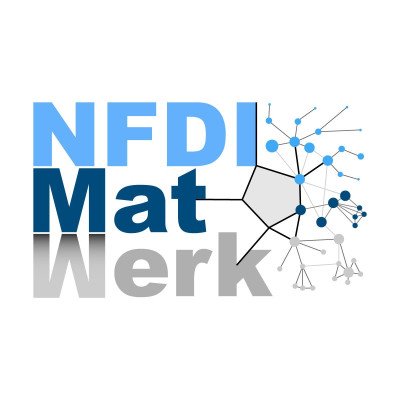
Abstract:
One of the holy grails of materials science, unlocking structure-property relationships, has largely been pursued via bottom-up investigations of how the arrangement of atoms and interatomic bonding in a material determine its macroscopic behavior. Here we consider a complementary approach, a top-down study of the organizational structure of networks of materials, based on the interaction between materials themselves. We demonstrate the utility of applying network theory to materials science in two applications: First, we unravel the complete “phase stability network of all inorganic materials” as a densely-connected complex network of 21,000 thermodynamically stable compounds (nodes) interlinked by 41 million tie-lines (edges) defining their two-phase equilibria, as computed by high-throughput density functional theory. Using the connectivity of nodes in this phase stability network, we derive a rational, data-driven metric for material reactivity, the “nobility index”, and quantitatively identify the noblest materials in nature. Second, we apply network theory to the problem of synthesizability of inorganic materials, a grand challenge for accelerating their discovery using computations. We use machine-learning of our network to predict the likelihood that hypothetical, computer generated materials will be amenable to successful experimental synthesis.
Date and time:
9 September 2022 at 11:00 am
Location:
Humboldt-Universität zu Berlin Erwin-Schrödinger-Zentrum, room 0’119
Rudower Chaussee 26, 12489 Berlin - Adlershof
Registration: https://bit.ly/3KpamFr
![[Translate to English:]](/fileadmin/_processed_/f/0/csm_logodgm-4_b2722eeace.png)
![[Translate to English:]](/fileadmin/user_upload/logodgm-4.png)